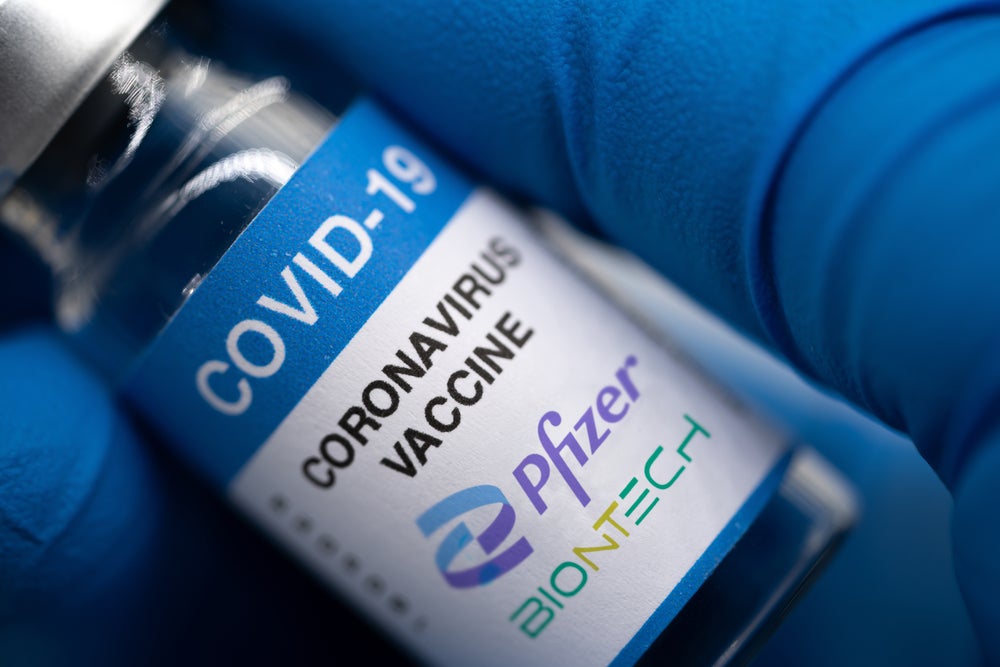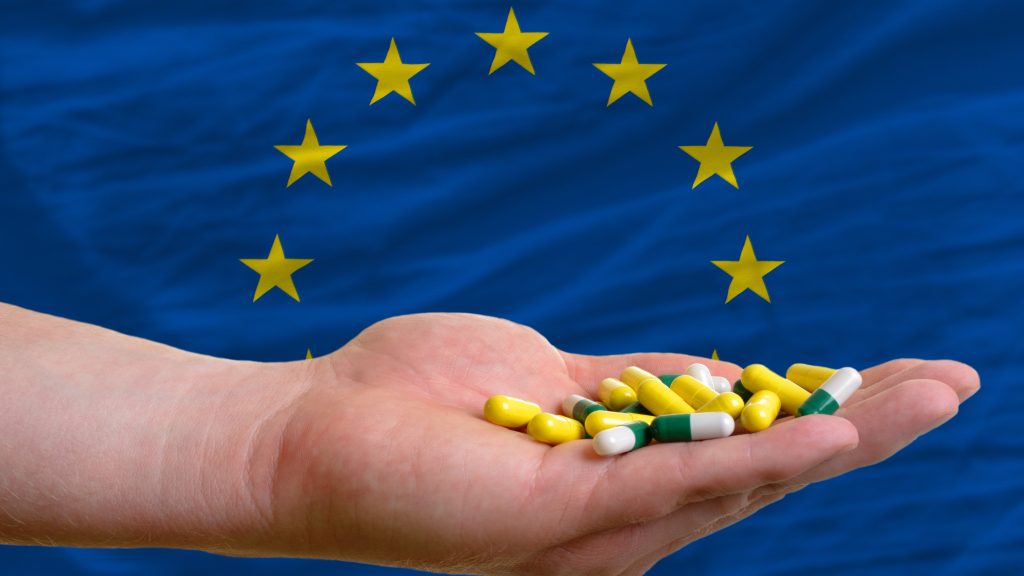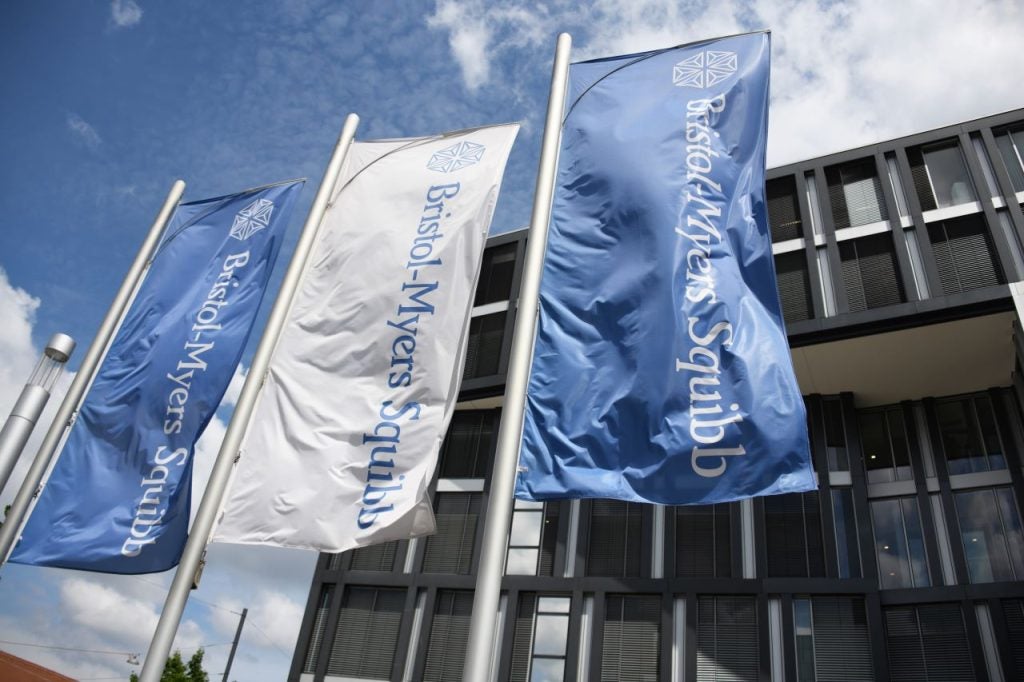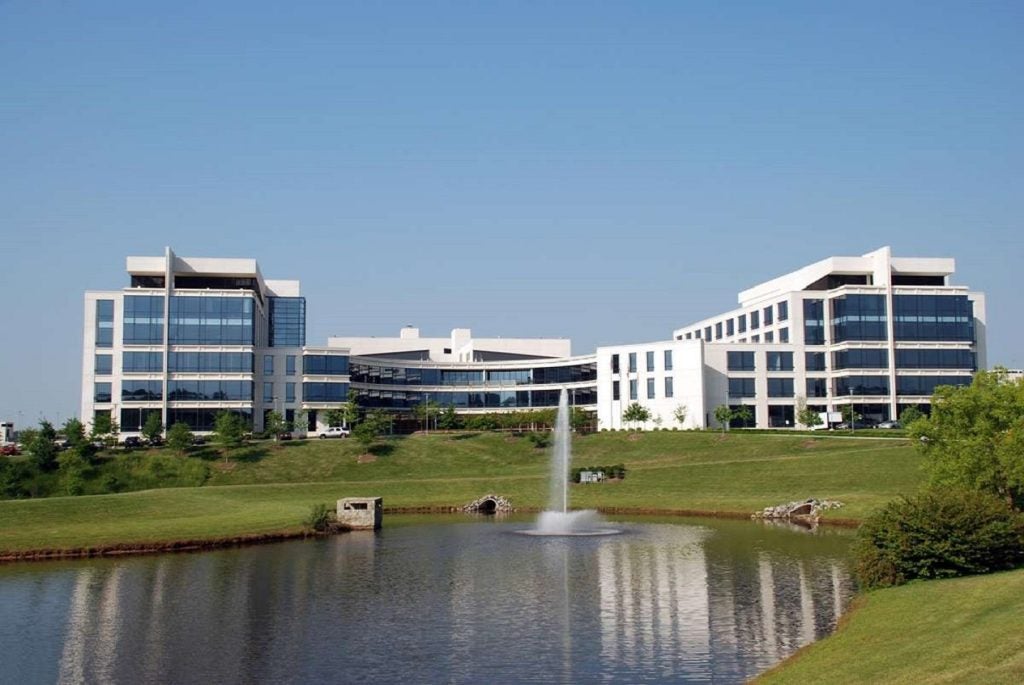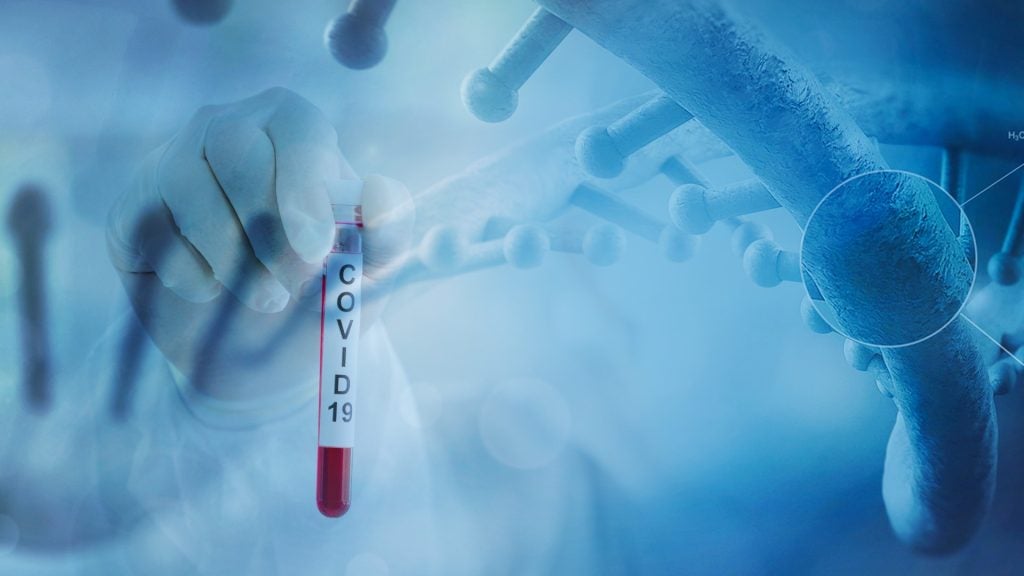Hot on the heels of Pfizer recording a $5.5bn non-cash charge due to Covid product write-offs, BioNTech, a partner for the Comirnaty vaccine, has said it also expects to experience revenue drops.
In a 13 October announcement, Pfizer said the US Government will return nearly eight million courses of the company’s Covid-19 antiviral pill Paxlovid (nirmatrelvir/ritonavir). The move, which is via a non-cash return, means Pfizer has reduced its 2023 revenue expectations for Paxlovid by around $7bn, which includes a non-cash $4.2bn revenue reversal.
Shares in Pfizer were down by 2.5% when the market closed on 13 October compared to the pre-announcement market opening.
Citing lower-than-expected utilisation of its Covid products, Pfizer stated that inventory write-offs for Paxlovid contributed $4.6bn to the $5.5bn charge while Comirnaty – co-developed with BioNTech – made up the remaining $900m.
In a 16 October press release, BioNTech said it will feel the effects of the write-off for the mRNA vaccine for which it has a profit-sharing agreement. Pfizer has slashed 2023 revenue expectations for the Comirnaty by $2bn; BioNTech said it expects its full-year revenues to be reduced as a result. BioNTech will publish its Q3 earnings on 6 November.
Blaming solely the lower demand for its Covid products, Pfizer also announced it is dropping its full-year revenue guidance to a range of $58bn-$61bn, down from a previous estimation of $67bn-$70bn.
In a bid to regain revenue stability, Pfizer said it is planning to save around $3.5bn by cutting jobs and expenses. The company aims to raise $1bn by the end of 2023, with the remaining savings completed in 2024.
The write-offs do not affect the Pfizer/BioNTech Comirnaty vaccine adapted to XBB.1.5, a new subtype of the Omicron variant. Known as Comirnaty Omicron XBB.1.5, the vaccine was approved for marketing in Europe in August 2023 and approved by the FDA in September 2023.
Pfizer chairman and CEO Dr Albert Bourla said in a company statement: “We expect additional clarification on global vaccination and treatment rates by the end of the year, which we expect will be a good predictor of utilisation in future years.”


